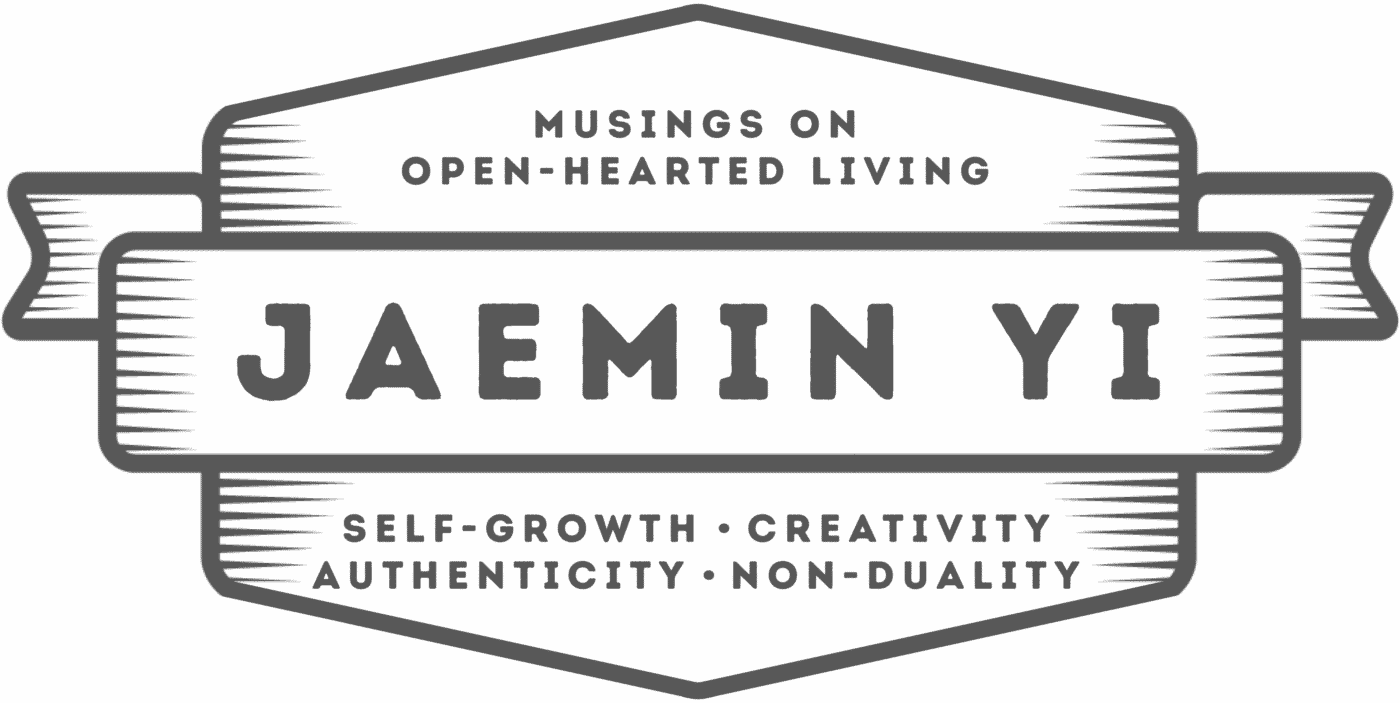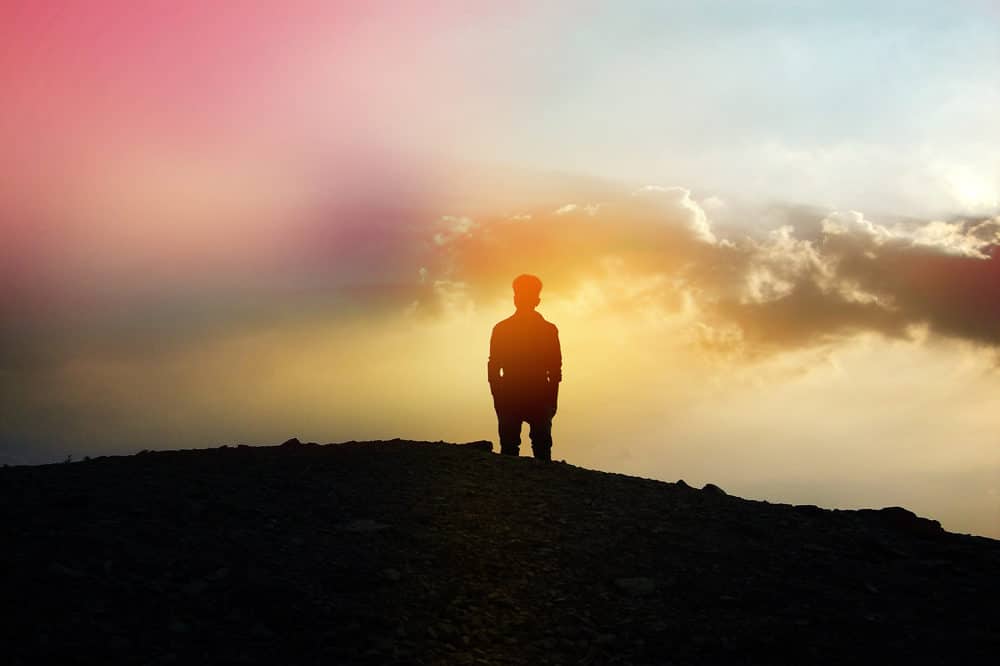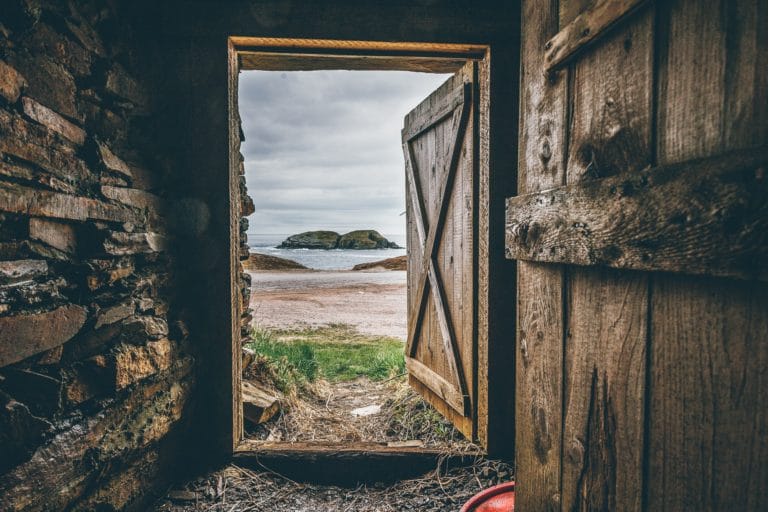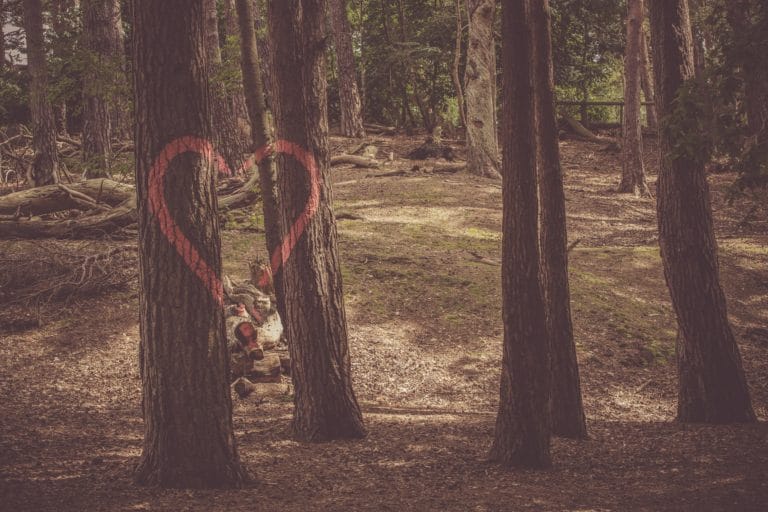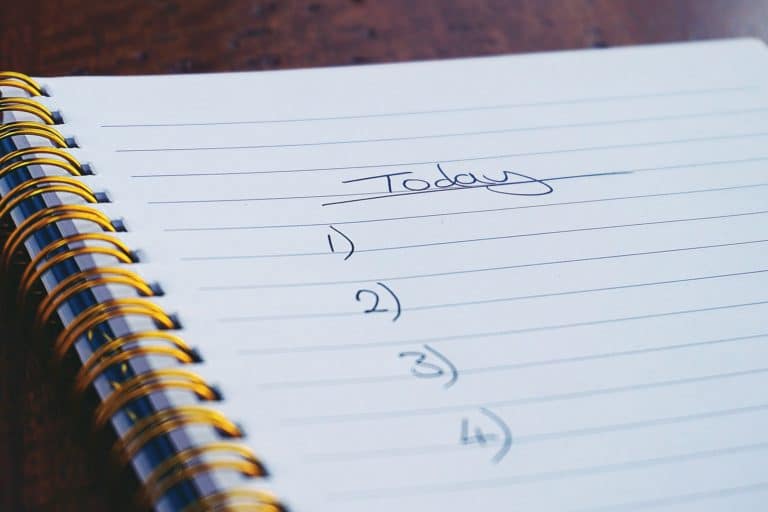Most people don’t know this about me, but I’ve spent the past 6 years on an obsessive journey with spiritual awakening.
AKA non-dual realization. Self-transcendence. Or the infamous, oft-misunderstood “E” word (rhymes with binlightenment).
I know, I know…it sounds like mystical bullshit. But it’s not.
It’s a very real, tangible experience that many people around the world are undergoing. And that neuroscience is beginning to corroborate.1
Most books I read on the topic, from authors with names like Eckhart Tolle or Adyashanti, talk about the experience in very subjective, lyrical, and even poetic ways.
I actually prefer that approach, but as a man of science, I’ve always wanted to see this topic explored in a more empirical, objective way. To me, science and spirituality were never at odds – just different ways to explore the same truth.
However those perspectives seemed few and far between. Especially from a contemporary voice that I could relate to.
And then came “Waking Up: A Guide to Spirituality Without Religion”.
Imagine my surprise when one of the most prominent atheists of our time, a neuroscientist with a penchant for intellectual debate and skewering irrational thought, ended up releasing an entire book about my favorite topic ever:
Non-duality. Awakening. Spirituality without religion.
If you haven’t read it yet and have an interest in the subject, I highly recommend it. It’s fascinating to hear an atheistic neuroscientist explore the subject of consciousness, meditation, psychedelics2, and self-transcendence from both a scientific and personal perspective.3
In the book, Harris explains what he, and many ancient spiritual traditions, mean by “waking up”:
The feeling that we call “I” is an illusion. There is no discrete self or ego living like a Minotaur in the labyrinth of the brain. And the feeling that there is — the sense of being perched somewhere behind your eyes, looking out at a world that is separate from yourself — can be altered or entirely extinguished.
My goal in this chapter and the next is to convince you that the conventional sense of self is an illusion—and that spirituality largely consists in realizing this, moment to moment. There are logical and scientific reasons to accept this claim, but recognizing it to be true is not a matter of understanding these reasons.
He then goes on to explain that it’s not about intellectually understanding this, but experientially realizing it through practice:
Like many illusions, the sense of self disappears when closely examined, and this is done through the practice of meditation. Once again, I am suggesting an experiment that you must conduct for yourself, in the laboratory of your own mind, by paying attention to your experience in a new way.
He details his own decades-long journey of exploring this. And working with a Tibetan Dzogchen master who’s able to skillfully point out this truth with simple directions, as straightforward as tying a shoe:
I have been in the presence of several of the most revered Tibetan lamas of our time while they were ostensibly teaching Dzogchen, and most of them simply described this view of consciousness without giving clear instructions on how to glimpse it.
The genius of Tulku Urgyen was that he could point out the nature of mind with the precision and matter-of-factness of teaching a person how to thread a needle and could get an ordinary meditator like me to recognize that consciousness is intrinsically free of self.
I came to Tulku Urgyen yearning for the experience of self-transcendence, and in a few minutes he showed me that I had no self to transcend.
But the one thing Harris never does is actually lead you through the practice itself.
He never shows you how to glimpse this. How to perform this self-inquiry.
Or even point you in a direction to go in.
For a book called, “A Guide to Spirituality without Religion”, it’s not much of a guide.
So most people who read this book, but were new to the topic, had no idea what to do once they finished.
If that’s you, then fear not. That’s what this piece is here for.
What to Do After Reading “Waking Up”
So the first thing you need to know is that you’ve stumbled onto a topic called non-duality (meaning: not-two, the living realization that there’s no separation between you and everything else).
There are tons of teachers on the subject, the most famous being Eckhart Tolle and Adyashanti, but I’ve personally found the smaller teachers more helpful to my own journey.
But for you “Waking Up” readers, there’s a specific teacher I want to introduce you to. And he also happens to be one of my personal favorites:
Loch Kelly.
Kelly is a psychotherapist who studied with Tulku Urgyen Rinpoche, the exact same Dzogchen master that Harris studied with.
Kelly even quotes Sam Harris in his excellent book, “Shift Into Freedom”:
Sam Harris, a neuroscientist and author of Waking Up, who also studied with Tulku Urgyen Rinpoche, writes about how valuable this learning experience was for him: “Tulku Urgyen simply handed me the ability to cut through the illusion of the self directly, even in ordinary states of consciousness. This instruction was, without question, the most important thing I have ever been explicitly taught by another human being. It has given me a way to escape the usual tides of psychological suffering — fear, anger, shame — in an instant.”
Unlike Sam though, Kelly actually leads you through these instructions, step-by-step.
If you wanted to explore the same Dzogchen method of teaching that Harris was exposed to, I believe Loch Kelly is the clearest, most accessible way for a Western audience.
I highly recommend picking up his book, “Shift Into Freedom”, which is filled with tons of different pointing exercises.
The exercises may be a little difficult to do while reading though, so if his book resonates with you, then check out his Youtube videos (I actually helped him produce this animation), online courses, or listen to his audiobook4 so he can guide you through the exercises with his voice.
If any part of the exercises resonate with you (even if you’re not sure you’re doing them right), I highly recommend seeing him in person. He does sittings and retreats often in New York and California.
I personally experienced huge shifts when seeing him in person, in ways that I didn’t get from the book and online courses. So consider going to one of his sittings if it calls to you.
But if it doesn’t, don’t worry about it.
Don’t think this is the only way. Or even the “best” way.
In the journey of awakening, there is no such thing as a “best” way. There’s only the “what’s-best-for-you-right-now” way.
There are many, many other approaches to exploring this topic. Different methods and teachers will or won’t resonate with you – and at different times in your journey.
Here are just a few of the many teachers that’ve helped me: Eckhart Tolle, Rupert Spira, Adyashanti, Fred Davis, Lisa Cairns, Salvadore Poe.
The most important thing is that you continue to pay attention to what resonates. And to follow that.
As soon as something stops resonating, then it’s time to start exploring in another direction. If you ignore this because you think you’ve found “the best” teacher, or “the ultimate” teaching, then you’re just getting caught in dualistic mind games once again.
Break free from that.
Trust your gut/heart/instinct over your mind. That’s the only way to walk your unique non-dual path.
As for me, Loch Kelly was a crucial part of my awakening journey for two years. But at my last retreat with him, I could feel that my time with him was over – at least for now.
So I continue to move forward, being led by my heart, into this ever-deepening, constantly rewarding, journey of awakening.
And I gotta admit – it’s amazing how sweet life can be once you remove yourself from it.
But don’t take my word for it. Find out for yourself.
